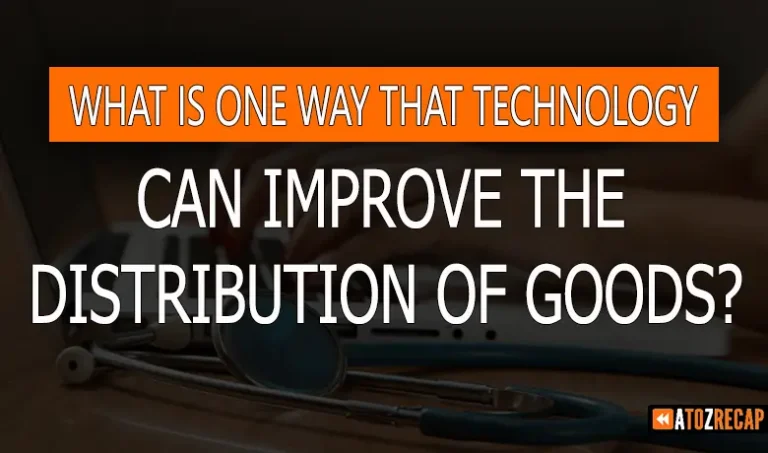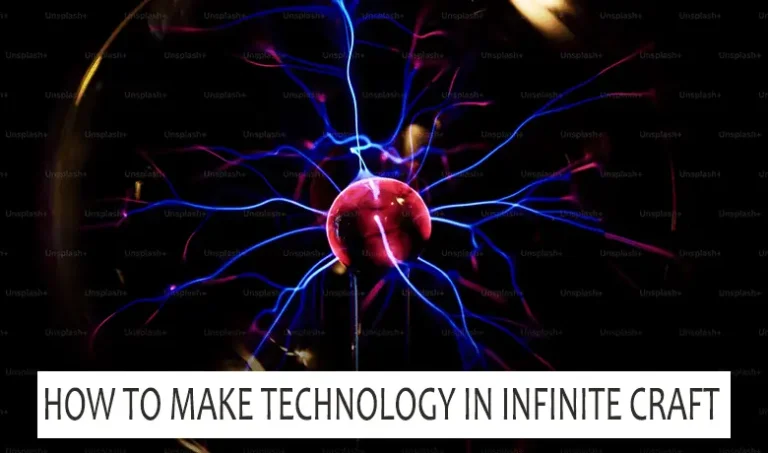What is the Main Function of a Technology Transfer Office with Respect to Collaborative Research?
Let’s start with what is the main function of a technology transfer office with respect to collaborative research?
In the dynamic landscape of research and innovation, collaboration is often the key to unlocking new discoveries and breakthroughs. Academic institutions, research organizations, and industry partners frequently join forces to tackle complex challenges and drive progress in various fields. At the heart of these collaborations lies the crucial role of technology transfer offices (TTOs), which serve as catalysts for the effective transfer of knowledge, technology, and intellectual property (IP). In this article, we delve into the primary functions of TTOs concerning collaborative research and their significance in fostering innovation ecosystems.
Unlocking Collaborative Research Potential: The Vital Role of Technology Transfer Offices

Facilitating Collaborations
One of the primary functions of TTOs in the realm of collaborative research is to serve as facilitators, bridging the gap between research institutions and external partners. TTO professionals play a pivotal role in identifying potential collaboration opportunities, matching researchers with compatible partners, and facilitating the establishment of collaborative frameworks. Whether it’s forging partnerships with industry stakeholders, other academic institutions, or government agencies, TTOs act as strategic intermediaries, nurturing relationships that fuel collaborative endeavors.
Negotiating Agreements
Navigating the intricacies of collaborative research agreements requires a delicate balance of legal expertise, strategic thinking, and effective negotiation skills. TTOs take on the responsibility of negotiating agreements that govern the terms of collaboration between the institution and its external partners. These agreements encompass various aspects, including intellectual property rights, data sharing, confidentiality provisions, publication guidelines, and financial arrangements. By ensuring that agreements are equitable, transparent, and aligned with the interests of all parties involved, TTOs pave the way for successful collaborations while safeguarding the rights and interests of the institution and its researchers.
Protecting Intellectual Property
In collaborative research initiatives, the generation of intellectual property is often a significant outcome that requires careful management and protection. TTOs play a pivotal role in assisting researchers in identifying and safeguarding intellectual property assets arising from collaborative projects. This may involve conducting patent searches, filing patent applications, registering copyrights, or implementing other strategies to protect valuable IP assets. By proactively managing intellectual property, TTOs help researchers capitalize on their innovations, maximize their commercial potential, and contribute to the institution’s reputation as a hub of innovation and excellence.
Commercialization Support
Transforming research outcomes into real-world applications and commercial products is a multifaceted process that requires expertise, resources, and strategic guidance. TTOs provide valuable support and guidance to researchers throughout the commercialization journey. This may include evaluating the market potential of technologies, identifying potential commercialization pathways, facilitating licensing agreements, supporting the creation of spin-off companies, or securing funding for further development and commercialization efforts. By fostering a culture of innovation and entrepreneurship, TTOs empower researchers to translate their discoveries into tangible benefits for society while creating economic opportunities and driving regional economic growth.
Benefits
Below we have mentioned some benefits associated with the main function of a technology transfer office (TTO) in relation to collaborative research:
- Enhanced research impact through pooled expertise and resources.
- Accelerated technology development and commercialization pathways.
- Expanded networking opportunities for researchers and institutions.
- Access to diverse perspectives and collaborative partnerships.
- Increased potential for securing funding and investment.
- Strengthened intellectual property management and protection.
- Enhanced reputation and visibility within the innovation ecosystem.
- Contribution to regional economic growth and societal benefit.
Conclusion
In an era defined by collaboration and innovation, technology transfer offices play a pivotal role in unlocking the full potential of collaborative research initiatives. By serving as strategic facilitators, skilled negotiators, IP guardians, and commercialization partners, TTOs enable researchers to navigate the complex landscape of collaborative research effectively. As catalysts for knowledge exchange, technology transfer offices contribute to the advancement of science, the stimulation of economic growth, and the enhancement of societal well-being. In fostering a culture of collaboration, innovation, and entrepreneurship, TTOs are indispensable enablers of progress in the global innovation ecosystem.
TTO FAQs
Q: What does a Technology Transfer Office (TTO) do for collaborative research?
A: TTOs facilitate collaboration by managing intellectual property, fostering partnerships, and supporting commercialization efforts.
Q: How does a TTO aid in integrating external expertise into collaborative research?
A: TTOs connect researchers with industry partners, providing resources, expertise, and guidance to enhance collaboration effectiveness.
Q: Can a TTO simplify intellectual property management in collaborative research?
A: Yes, TTOs streamline IP processes, ensuring fair distribution and facilitating commercialization opportunities for collaborative research outcomes.
Also Read: What is One Way that Technology Can Improve the Distribution of Goods?






